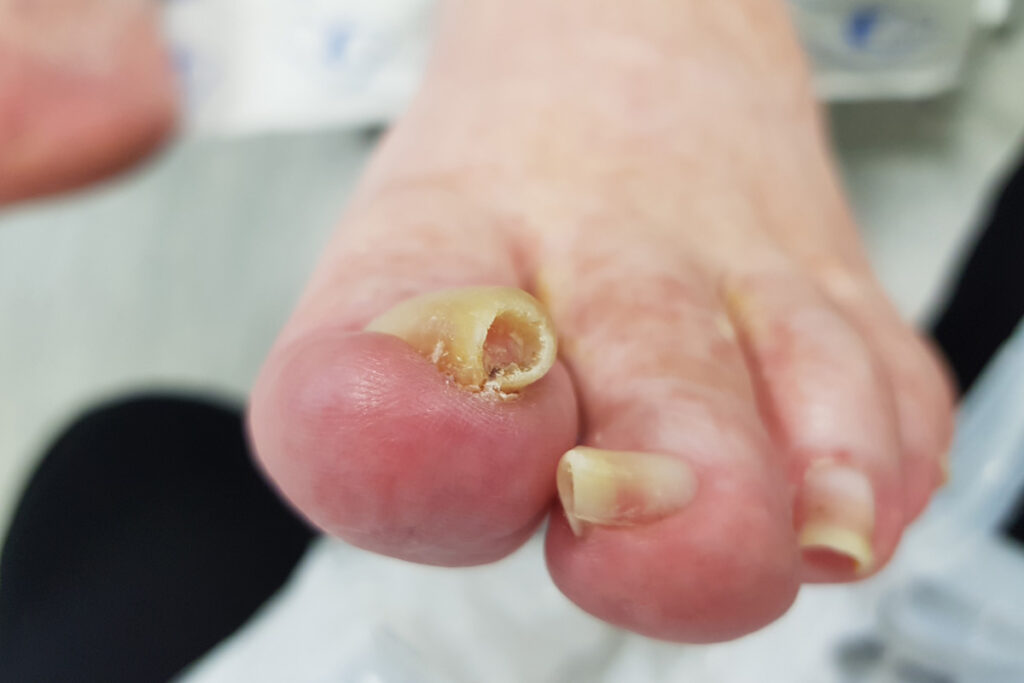
Treatment for plantar fasciitis pain with TENS therapy
Millions of people each year experience heel pain related to plantar fasciitis. A plantar fascia runs from the heel to the toes on the bottom of your foot. When inflamed, it causes severe stabbing or burning pain with your first steps in the morning or after periods of inactivity. This pain tends to improve with light activity but returns as the day progresses and you spend more time on your feet. Plantar fasciitis results from repetitive small tears in the fascia that lead to inflammation and painful scarring.
TENS (transcutaneous electrical nerve stimulation) uses special devices to deliver small electrical impulses through electrode pads placed on your skin around the painful area. These impulses block the pain signals traveling to the spinal cord and brain so you experience significant relief. It happens because the TENS current stimulates your body to release higher levels of its natural painkillers called endorphins. The electrical current also impairs the transmission of pain signals causing discomfort and inflammation. When used for 15-20 minutes each treatment, most people find TENS effectively reduces their pain for hours afterward. It’s an excellent drug-free, side-effect-free treatment that is used daily.
Types of TENS units
At-home TENS units are compact, battery-powered devices you use for as-needed pain relief. Most have multiple settings so you customize the intensity and pulse patterns of the current to your needs. Self-adhesive electrode pads connect to your device with thin wires and are easy to place on your heel. These units range in price and sophistication but are affordable investments for most. On the other end of the spectrum are advanced clinical-grade devices found in rehabilitation clinics and doctors’ offices. These high-powered machines deliver stronger currents with greater programming capabilities that physical therapists fine-tune to target pain locally.
Effectiveness of TENS for heel pain
Using TENS does not cure the underlying cause of plantar fasciitis, but research consistently shows it effectively reduces symptoms when used correctly. Patients report up to a 60% decrease in pain that lasts for hours after a 20-minute session. Most studies also found no difference in TENS effectiveness whether self-administered at home or professionally applied in clinics. With regular daily use, many people achieve satisfactory pain control and improved functioning as the TENS relieves pain to allow stretching and strengthening exercises. The best results come from using TENS alongside wear-and-tear reduction strategies and strengthening exercises to resolve the fascia inflammation driving the problem.
Maximizing TENS benefits
Like any treatment, getting the tens for plantar fasciitis requires proper technique including:
- Proper electrode pad placement around the painful area on your heel and arch
- Using adequate current intensity levels that generate a strong but comfortable tingling sensation
- Adjusting pulse variations and timing features to prevent accommodation where your nerves adjust and block currents
- Allowing 48 hours between sessions at the same site to prevent skin irritation
- Combining with plantar fascia stretches, calf strengthening exercises, supportive shoes, and arch taping when on your feet to address the underlying causes
TENS therapy remains a safe, convenient option to gain relief from plantar fasciitis flare-ups as part of your treatment plan. Used as recommended daily, it facilitates progress with the corrective exercises and lifestyle changes needed to resolve this frustrating foot problem. Discuss trying TENS with your podiatrist or physical therapist to determine if adding this pain control tool could benefit your recovery.
